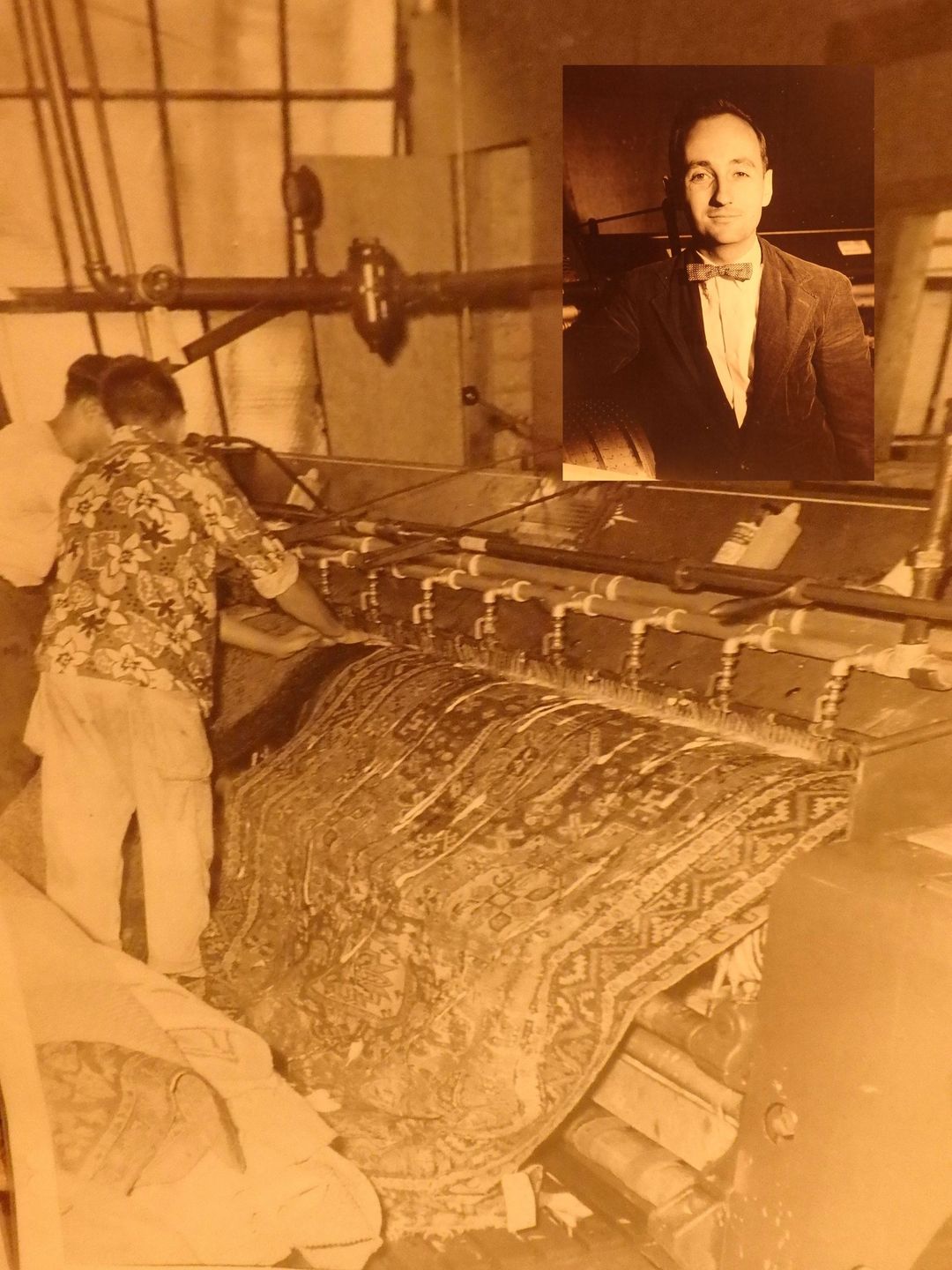JULY 14, 2023 – The old terminal at the Minneapolis airport was a small, quaint foreshadowing of the current sprawling Minneapolis-St. Paul Lindbergh International Terminal. However, for me as a young kid, the original, three-story brick building with a windy observation deck on a portion of the second floor roof and the green-glass control tower on top, was an exciting stepping stone to a much bigger world—a world to which our Uncle Bruce seemed to belong by simple virtue of his flying on airplanes and, I observed, his apparent nonchalance in doing so.
Inside the terminal, he would casually drop his suitcase on the scale and place his ticket on the counter, all without so much as missing a word with Mother, Dad or us kids. Behind the ticket counter was a huge panoramic photograph featuring the largest, newest jet (a Boeing 707 I would later learn; the new generation of passenger jet introduced in the late 1950s) in the Northwest Orient Airlines fleet, in flight against a backdrop of an impressive, snow-capped mountain range. I remember staring at that display while the ticket agent processed Uncle Bruce’s ticket and thinking how much a man of the world our uncle was. On each annual occasion, I renewed my vow to emulate him some day, flying into the wild blue yonder with such frequency and over such distances that it would be as commonplace as it was for us to pile into Dad’s Buick and drive from Anoka to Minneapolis for Sunday dinner with our Nilsson grandparents or travel the longer distance to their summer cabin in northwest Wisconsin.
What impressed me to no end was when, as young kids, we learned that Uncle Bruce was taking a trip to Europe. Europe. A place where, I was told, there were many countries, not just Sweden, where Ga came from, and many languages, not just Swedish, and where no one in Anoka, Minnesota (as far as I knew) had ever traveled. I remember that after news that Uncle Bruce was going to Europe, I asked kids in my kindergarten class, “Has anyone in your family ever been to Europe?” and got only blank stares in response, coupled with “What’s Europe?” That right there was proof that our Uncle Bruce was a highly unusual (in a positive sense) and sophisticated—and, lending me additional prestige, rich—individual. Having him as our sole close relative beyond our grandparents went a long way to counter-balancing the fact that my family were Episcopalian, took violin lessons, never bought a new car, had no aunts, had no first cousins, had no television, didn’t live in a modern, one-story (rambler) house, and didn’t have a dad who golfed, fished, hunted, or watched sports.
Several decades later I was surprised to learn that Uncle Bruce’s first trip to Europe was as an exhibitor at the 1960 World’s Fair in Brussels. Somewhere along the way but before The Fire, among rising accumulations junk and garbage inside 42 Lincoln I uncovered a full page newspaper article featuring Uncle Bruce at the United States exhibition at the fair. Accompanied by photographs, the story told of Uncle Bruce’s demonstration of a new-fangled mechanized method of cleaning rugs—a method that Uncle Bruce had successfully deployed for Geo. B. Holman & Co., Inc. When I encountered the old article, I couldn’t imagine how Uncle Bruce had managed to achieve such an internationally prominent display of his rug-cleaning machine. (I would’ve asked him, but at the time he wasn’t on speaking terms with me.)
I remember well, however, watching the machine in operation where it was permanently housed—inside a building adjacent to the Holman warehouses in Rutherford. During my childhood visits, on a designated day each week Uncle Bruce and a couple of assistants would pile up all the rugs that over the previous week had been collected from the homes of customers. After a large box of liquid detergent was poured into one end of the machine and several large water valves turned wide open, Uncle Bruce pushed a big electric button. The machine roared to life, then clanked and clanged as numerous belts turned various flywheels and a long stainless steel drum along the bottom of the machine began to turn. Together, Uncle Bruce and the assistants fed a rug onto the drum, which, by a series of little spikes, grabbed the rug and pulled it slowly through into the path of little, sudsy, rigorously vibrating brushes that scrubbed away all dirt, spots and stains. The rolling drum next pulled the rug through a row of high-pressure sprayers that rinsed the rug. The men then scampered to the other side of the machine and pulled the wet, clean rug out into a cavernous drying room.
Each rug was draped by the end onto a 16-foot-long wooden bar equipped with a row of spikes. Each end of the bar, in turn, was attached to a cable that spooled from a wheel high overhead. An electrically operated gizmo, which ran along a track on one side of the drying bars, was then connected to the cable wheels of the selected bar, and like magic, the carpet was hoisted 15 feet into the air. This drying set-up, Uncle Bruce told me, was the clever innovation of his grandfather—my great-grandfather—and founder of the whole enterprise, George B. Holman.
When I was old enough, I was allowed to operate the electric gizmo by commands shouted by Uncle Bruce. At the end of a cleaning session, I marveled at the sight—and smell—of dozens of wet rugs hanging in the breeze created by several industrial size fans. The reward for my efforts was a chocolate malt at the soda shop in downtown Rutherford—a far more generous prize than the 10-cent cone that Dad allowed on trips to Dairy Queen back in Minnesota. (Cont.)
Subscribe to this blog and receive notifications of new posts by email.
© 2023 by Eric Nilsson
